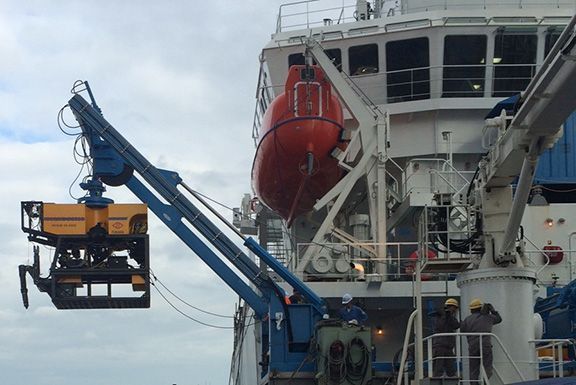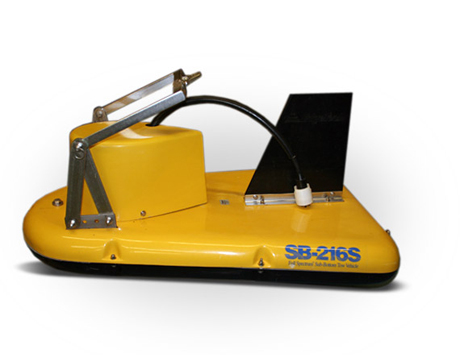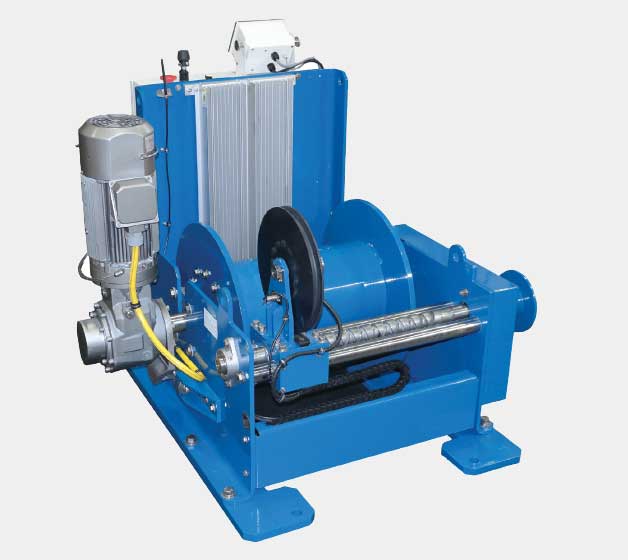When it is time to use underwater tracking systems for your survey, you need to choose the system that has enough power for your survey. You can work with the rental company that offers these devices or you could order a custom system that will make your survey simpler. Read more to learn about how these systems work if you should rent them, and how the rental company will work with you. You can save money on your survey budget, and you might prefer to study these systems before you get to the boat.
The underwater tracking systems that you use for your surveys will tell you where your ROV is or where your sensors are. You may need to track the path of your sensors or ROV so that you know how far you have gone. You can produce maps that show where you were, and you can even move your topside unit to reach an ROV or sensor that has drifted away.
When you are using these systems, they typically connect to the devices you have in the water via the data cable that is attached to your winch. Most surveyors need these tracking statistics because they will spend several days at sea. You can review your map when you start a new day of surveys, and you will not waste your time surveying the same areas over and over.
The underwater camera that you use for your expedition allows you to take pictures or record video under the water. These systems are very easy to use, and they are typically rented with lights that will work at low depths. You need a certain amount of power to take pictures or video at low depths, and that is why you should talk to the rental company about the expedition you have planned.
Plus, you can use your tracking system to compare locations with the videos that you have taken. This is an easy way for you to know what you are looking at, and you can return to certain areas when you need to. You can rent the underwater camera system with the lights you need, and you should get a tracking system that will help you keep up with your equipment.
You can rent an ROV for your survey that will work with your underwater tracking systems and cameras. You can hook the cameras to the ROV, and you can attach the tracking system to the ROV. These ROVs will go as low as 6000 meters, and they will help you survey any area that you like. You can track your ROV when you put it in the water, and you can determine where you have taken certain pictures because the cameras are attached to the ROV.
Plus, you can use a remote control on the boat to power and move your ROV. One person can be responsible for the ROV’s movements, and another can swivel the camera so that you can see everything in the area.
You can rent underwater camera systems, get the ROV you need, rent your sensors, and start your survey. You can line up the position of your sensors or ROV with the pictures you get from your cameras, and you can use the tracking system to ensure you are not surveying the same spot over and over. Work with the rental company to ensure that you have the proper equipment. They will bring it to you and retrieve your equipment after the survey.
How Do You Use Underwater Tracking Systems?
The underwater tracking systems that you use for your surveys will tell you where your ROV is or where your sensors are. You may need to track the path of your sensors or ROV so that you know how far you have gone. You can produce maps that show where you were, and you can even move your topside unit to reach an ROV or sensor that has drifted away.
When you are using these systems, they typically connect to the devices you have in the water via the data cable that is attached to your winch. Most surveyors need these tracking statistics because they will spend several days at sea. You can review your map when you start a new day of surveys, and you will not waste your time surveying the same areas over and over.
Can You Rent Underwater Camera Systems?
Plus, you can use your tracking system to compare locations with the videos that you have taken. This is an easy way for you to know what you are looking at, and you can return to certain areas when you need to. You can rent the underwater camera system with the lights you need, and you should get a tracking system that will help you keep up with your equipment.
Can You Rent An ROV For Your Survey?
Plus, you can use a remote control on the boat to power and move your ROV. One person can be responsible for the ROV’s movements, and another can swivel the camera so that you can see everything in the area.















